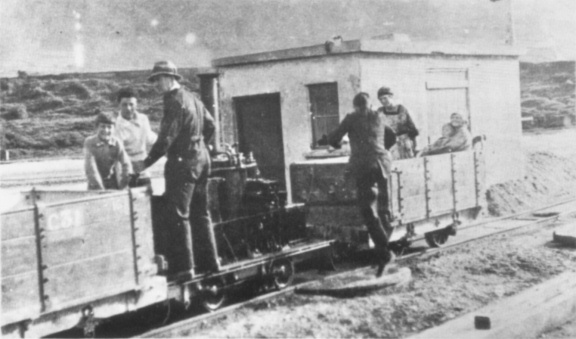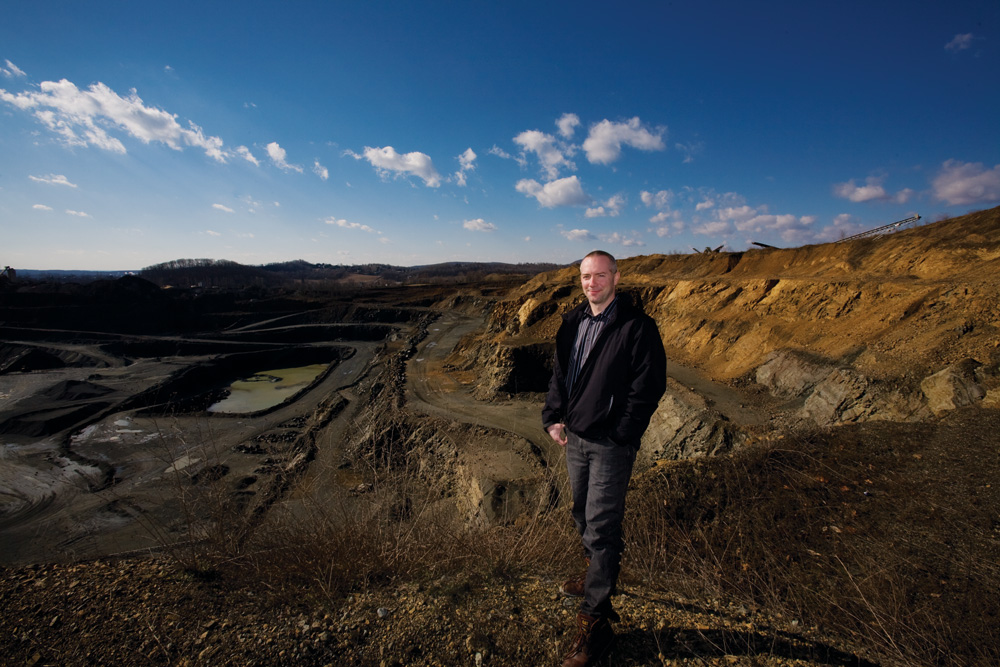Trevor Granite Quarry

By 1850 the area s granite quarries were owned by the welsh granite co.
Trevor granite quarry. Trefor quarry developed to be the world s biggest granite quarry in the 1930 s and by 1931 had produced 1 157 000 tons of setts. I came across this beautiful wood carving from 1841 just 3 years before the barony st. Trefor granite is used to make curling stones. In 1855 the quarry applied to build a jetty on the coast to ship granite products.
It closed in the 1960 s. The industrial narrow gauge railway trefor quarry railway opened in 1865 and brought rock from the quarry to the coast but was gradually replaced by road transport and was finally closed in 1960. But during a rare few hours of sunshine last weekend it was a magical place to be. Recently a new operation runs the quarry taking small amounts of the granitoid stone for ornamental work and for the production of curling stones.
2 000 tonnes were harvested sufficient to fill anticipated orders until at least 2020. The quarry opened in 1850 and closed in 1963. Ailsa craig and the trefor granite quarry in wales. Eben fardd wrote poetry in strict metre englyn form to praise the new quarry owners hutton and roscoe.
The last harvest of ailsa craig granite by kays took place in 2013 after a hiatus of 11 years. Only two places on earth is said to have the blue hone or common green granite which has a low absorption rate and keeps water from freezing and eroding the stone. Please read the proper disclaimer. The pier was not built but the application was renewed in 1867 the pier being built by 1870 and a railway was constructed connecting the quarry with the pier.
The trefor granite quarry also known as the yr eifl quarry opened in 1850. Even today 60 70 percent of all curling stones comes from granite extracted from alisa craig. Mine exploring can be quite dangerous but then again it can be alright it all depends on the weather. The trevor quarry which covers about one quarter of a square kilometre is named after its first foreman trevor jones.
The work began here about 1830 and when trevor jones became the quarry supervisor the village at the foot of the eifl trefor took his name.













































